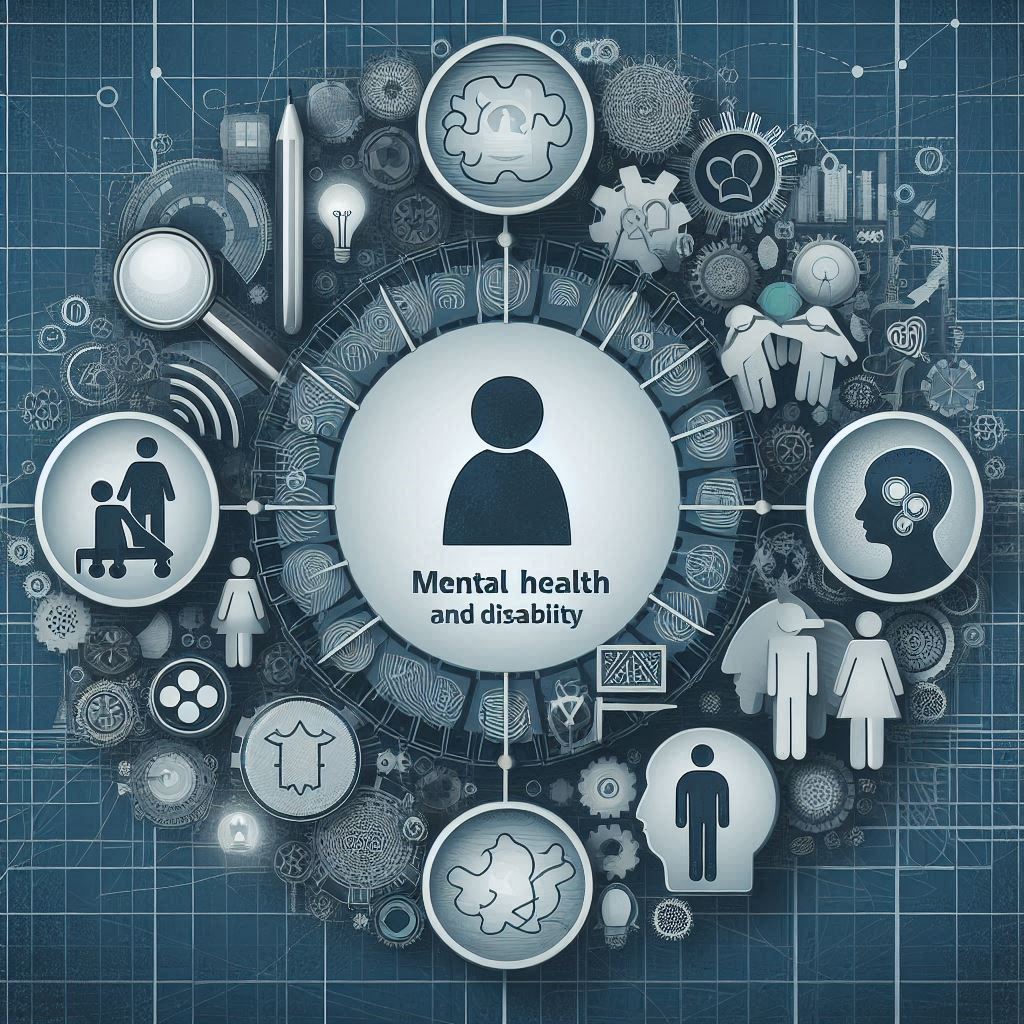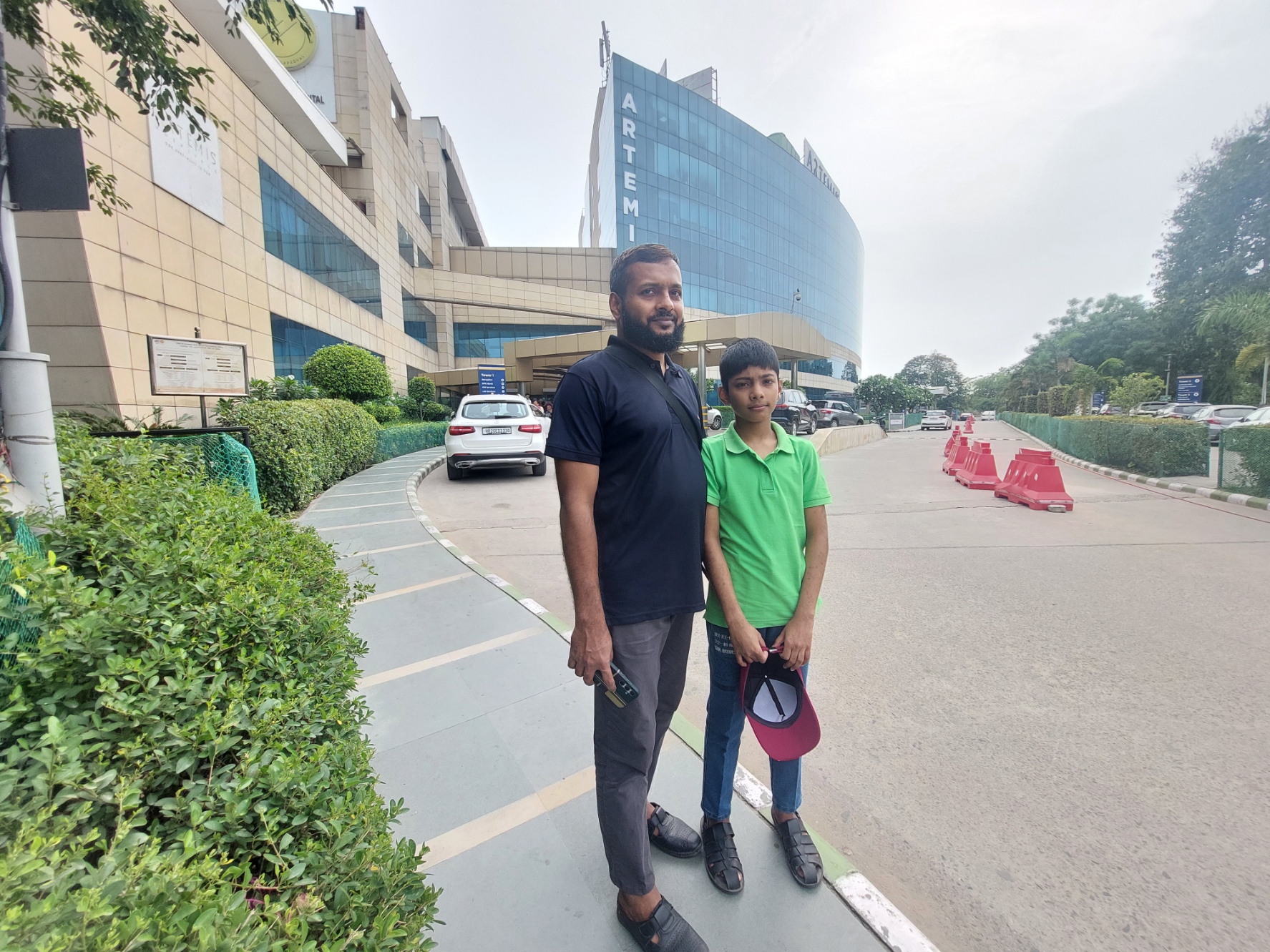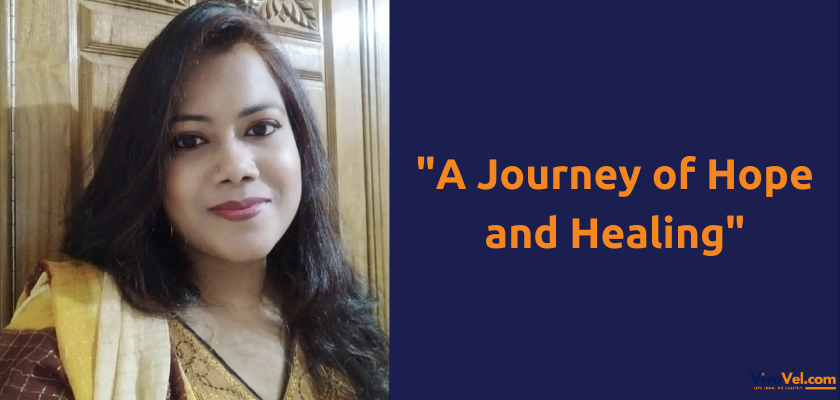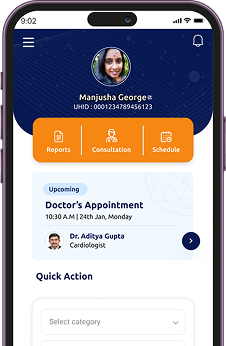Epilepsy Treatment in India: A Beacon of Hope for Patients Like Fahim Hassan
For millions of epilepsy patients worldwide, finding the proper treatment can be a daunting journey filled with uncertainty and emotional strain. While medication can help manage seizures, many individuals—especially children—struggle with persistent symptoms that disrupt their lives. This was the reality for 14-year-old Fahim Hassan from Dhaka, Bangladesh, whose battle with epilepsy consumed most of his childhood.
From the age of six, Fahim experienced frequent seizures—nearly three per week—making everyday life unpredictable. His education suffered, his social interactions dwindled, and the game he once loved, cricket, became something he only watched on TV rather than played on the field. His family felt helpless as years of treatment in Bangladesh yielded little progress, leaving them desperate for a solution.
That solution came in the form of India's advanced neurological care.
India has emerged as a global hub for epilepsy treatment, offering cutting-edge diagnostic techniques, world-class specialists, and accessible healthcare options for international patients. Artemis Hospital in Gurgaon, one of India's leading medical institutions, was where Fahim's life took a dramatic turn. Guided by Dr. Sumit Singh and Dr. Vivek Barun, experts in epilepsy management, he underwent intensive testing—including an Epilepsy Protocol MRI and Video EEG monitoring—to pinpoint the source and nature of his seizures.
The results were conclusive: no surgery was needed. Instead, doctors prescribed a four-month tailored medication regimen, focusing on stabilizing his condition while gradually tapering the dose. The impact was immediate—Fahim's seizures stopped completely from the moment he began treatment.
For his family, it was nothing short of a miracle.
This transformation was made possible by VivaVel Health, a patient-care organization specializing in cross-border medical solutions. From securing a medical visa to arranging consultations, accommodation, and personal guidance throughout the hospital visits, VivaVel ensured the family's transition to India was seamless. Their hands-on support during Fahim's treatment built an emotional bond, so much so that his family presented a heartfelt gift to their VivaVel companion as a token of gratitude.
India’s Success in Epilepsy Treatment
India has made remarkable advancements in epilepsy care, with approximately 12 million people benefiting from modern treatment approaches. The country’s blend of traditional and modern medical techniques ensures personalized and effective patient care.
For drug-resistant epilepsy cases, surgical interventions have shown success rates exceeding 80%, significantly reducing seizure frequency and improving quality of life. However, surgery is not always necessary—many patients, like Fahim, respond well to advanced medication protocols, which can eliminate seizures.
Despite these advancements, India still faces a treatment gap of 50-70%, largely due to lack of awareness, stigma, and accessibility issues. Efforts are being made to bridge this gap through telemedicine, international patient programs, and improved healthcare infrastructure.
Treatment Options for Epilepsy
Epilepsy treatment varies depending on the type, severity, and underlying cause of seizures. Here are the primary approaches used to manage and treat epilepsy:
1. Medication Therapy
- Anti-seizure medications (ASMs) are the first line of treatment for epilepsy. These drugs help regulate electrical activity in the brain to prevent seizures.
- Common medications include levetiracetam, carbamazepine, valproate, lamotrigine, and phenytoin.
- Approximately two-thirds of epilepsy patients achieve seizure control with medication alone.
2. Surgical Intervention
- Surgery is considered when seizures originate from a specific area of the brain and do not respond to medication.
- Resective surgery removes the affected brain tissue responsible for seizures.
- Laser ablation therapy uses targeted heat to destroy seizure-causing brain tissue.
- Success rates for epilepsy surgery exceed 80% in carefully selected patients.
3. Neurostimulation Devices
- Vagus Nerve Stimulation (VNS): A device implanted under the skin sends electrical pulses to the brain via the vagus nerve to reduce seizure frequency.
- Responsive Neurostimulation (RNS): Electrodes placed in the brain detect abnormal activity and deliver corrective electrical impulses.
- Deep Brain Stimulation (DBS): Electrodes implanted in the brain regulate abnormal electrical signals.
4. Dietary Therapy
- Ketogenic Diet: A high-fat, low-carbohydrate diet that helps control seizures, particularly in children with drug-resistant epilepsy.
- Modified Atkins Diet: A less restrictive version of the ketogenic diet with similar benefits.
- Studies show that dietary therapy can reduce seizures by 50% or more in some patients.
5. Lifestyle and Alternative Therapies
- Stress management, regular sleep, and avoiding seizure triggers can significantly improve seizure control.
- Biofeedback, acupuncture, yoga, and meditation may complement medical treatments.
6. Emerging Treatments
- Gene therapy and stem cell therapy are being explored as potential future treatments for epilepsy.
- New anti-seizure medications continue to be developed to improve efficacy and reduce side effects.
India’s advancements in epilepsy treatment, including state-of-the-art diagnostics, surgical expertise, and innovative therapies, make it a leading destination for epilepsy care. With personalized treatment plans and high success rates, patients like Fahim Hassan can regain control of their lives and look forward to a seizure-free future.
Fahim’s journey is a testament to India’s excellence in epilepsy treatment. It offers not just medical solutions but renewed hope for families like his. Whether through advanced diagnostics, highly skilled neurologists, or compassionate care, India is helping patients reclaim their lives—one success story at a time.
Read Fahim's journey from Siezer to Stability - Treatment of Epilepsy






















